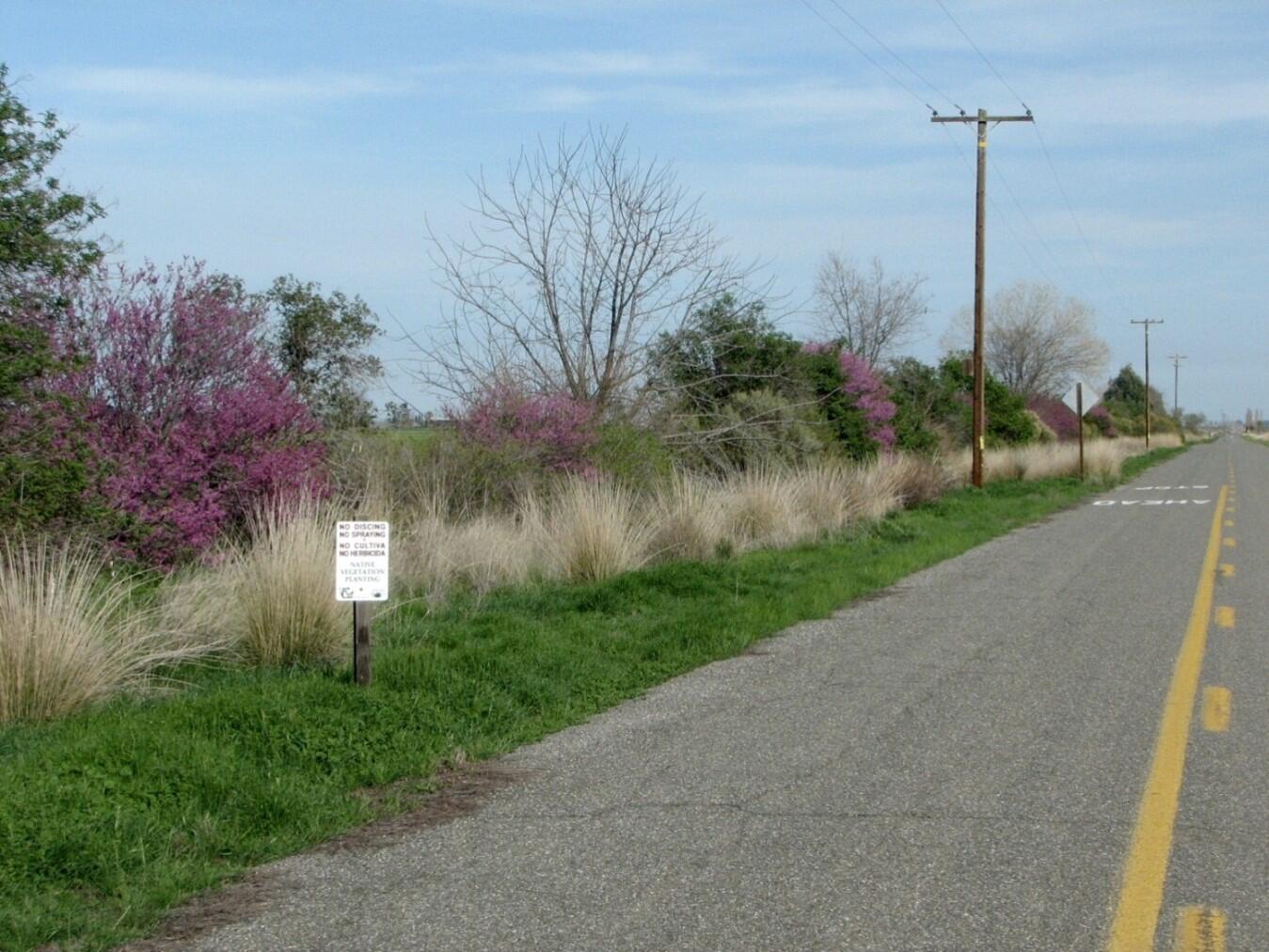Latest News and Updates from Audubon in California
California Condor. Photo: Scott Frier/USFWS

Restoring habitat in a landscape as highly managed as California’s often means working with pieces of land that are marginal – sometimes literally. Continuing a tradition of working with private landowners to restore habitat along farm edges, Audubon is leading a project – together with River Garden Farms, River Partners, the Center for Land Based Learning, Yolo County Resources Conservation District, and US Fish and Wildlife Service -- to install hedgerows along a one and a half mile section of road at River Garden Farms in Yolo County, along a canal near the Sacramento River. This bird-friendly habitat restoration recently installed a carefully designed suite of native plants, such as coyote brush, black willow, and toyon, along two, 1.6-mile-long linear strips along County Road 98A near Knights Landing, California.
While hedgerows provide a number of important benefits to farmers, they can be invaluable to wildlife. They provide cover and food for pollinator insects and birds, riparian habitat when planted alongside streams (or in this case, a canal), and create wildlife corridors between habitat areas. They also prevent the drift of wind-blown pesticides or weed seeds between fields, filter water and reduce erosion. Our hope for this project is to create a habitat connection and wildlife movement corridor between the Sacramento River and the massive area of protected wetlands on Roosevelt Ranch. The overall project intent is to provide enduring wildlife habitat, with a special focus on increasing riparian bird species abundance and diversity while connecting different habitat areas, an important part of making wildlife more resilient in a changing climate.
Our newsletter is fun way to get our latest stories and important conservation updates from across the state.
Help secure the future for birds at risk from climate change, habitat loss and other threats. Your support will power our science, education, advocacy and on-the-ground conservation efforts.
Join the thousands of Californians that support the proposed Chuckwalla National Monument.